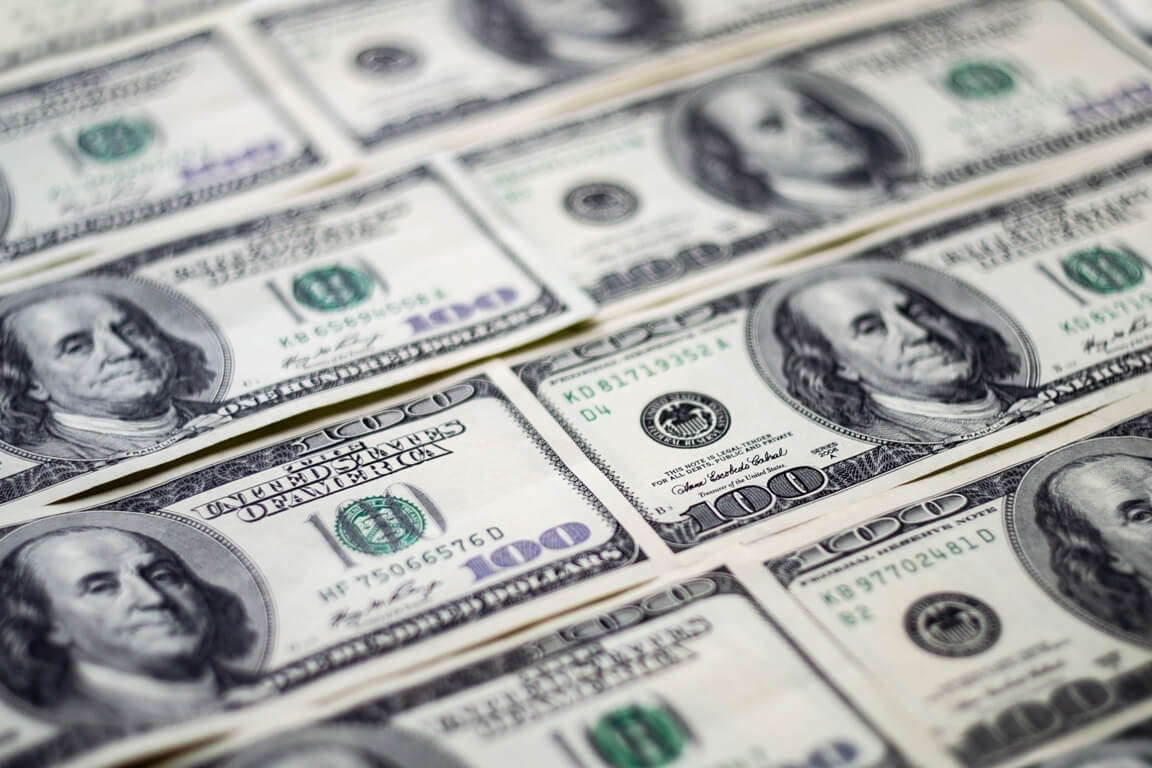
The Looming Dollar Crash: Exploring the Dollar Exchange Rate
In the world of finance, the term “dollar crash” sends shivers down the spines of investors and economists alike. The value of the US dollar has always been a crucial indicator of global economic health. Delving into the ongoing dynamics of currency valuation, this article will not only discuss the current pound-to-US dollar exchange rate but also touch upon the factors influencing this relationship.
The Dollar Exchange Rate Today: A Snapshot
At the heart of the financial frenzy is the pound-to-dollar exchange rate. It is a metric that holds significant implications for international trade, investments, and everyday consumers. As of today, eager eyes are scouring the markets for the best pound-to-dollar exchange rate. Moreover, traders are seeking the optimal moment to convert their pounds into dollars. The ratio between these two powerhouse currencies is subject to fluctuations due to a plethora of economic and geopolitical factors. The US dollar found itself grappling with losses against various Asian currencies. That’s due to a ripple effect caused by underwhelming global economic data.
Among the Asian currencies, the Australian dollar stood out significantly. Having weathered the storm of China’s economic slowdown and the US’s unyielding stance, the Australian dollar managed to surge by an impressive 0.9% on the preceding Wednesday. This sudden boost was triggered by the disappointing performance of the US manufacturing and services PMIs, both of which fell short of expectations.

Pound to US Dollar Forecast: Navigating Uncertainties
Predicting the future of currency exchange rates is a daunting task. Yet financial analysts make use of various tools and indicators to formulate forecasts. The current landscape is rife with uncertainties, with discussions ranging from pound to US dollar forecasts to concerns of a potential US dollar collapse. The interplay between global events, interest rates, inflation, and political decisions all contribute to the volatile nature of these predictions.
The dollar index is a metric gauging the greenback’s performance against a basket of six major currencies. Thus far, it continues to exhibit strength for the month. However, this seemingly unshakable position faced a minor setback on Wednesday, experiencing a dip of approximately 0.2%. As the Asian trading session unfolded, the dollar index remained relatively steady at 103.39.
As countries continue to recover from the pandemic’s impact, the value of the dollar becomes intertwined with economic recovery efforts. A weaker dollar might boost exports but also raise concerns about inflation, while a stronger dollar could attract foreign investments but potentially hamper exports.
Navigating Turbulent Waters
The recent buzz surrounding the term “dollar crash” exemplifies the intricate relationship between currencies in our interconnected world.
The fluctuations in the value of the US dollar against Asian currencies have been nothing short of captivating. Soft global economic data has added a layer of complexity to the interest rate outlook, contributing to the dollar’s recent losses.
While the future remains uncertain, informed decisions can be made by staying updated with the latest news, observing market trends, and considering the insights provided by financial experts. The dollar crash narrative might sound alarming, but it also serves as a reminder that the world of finance is as much about strategy as it is about understanding the nuances of a complex, interconnected global economy.




